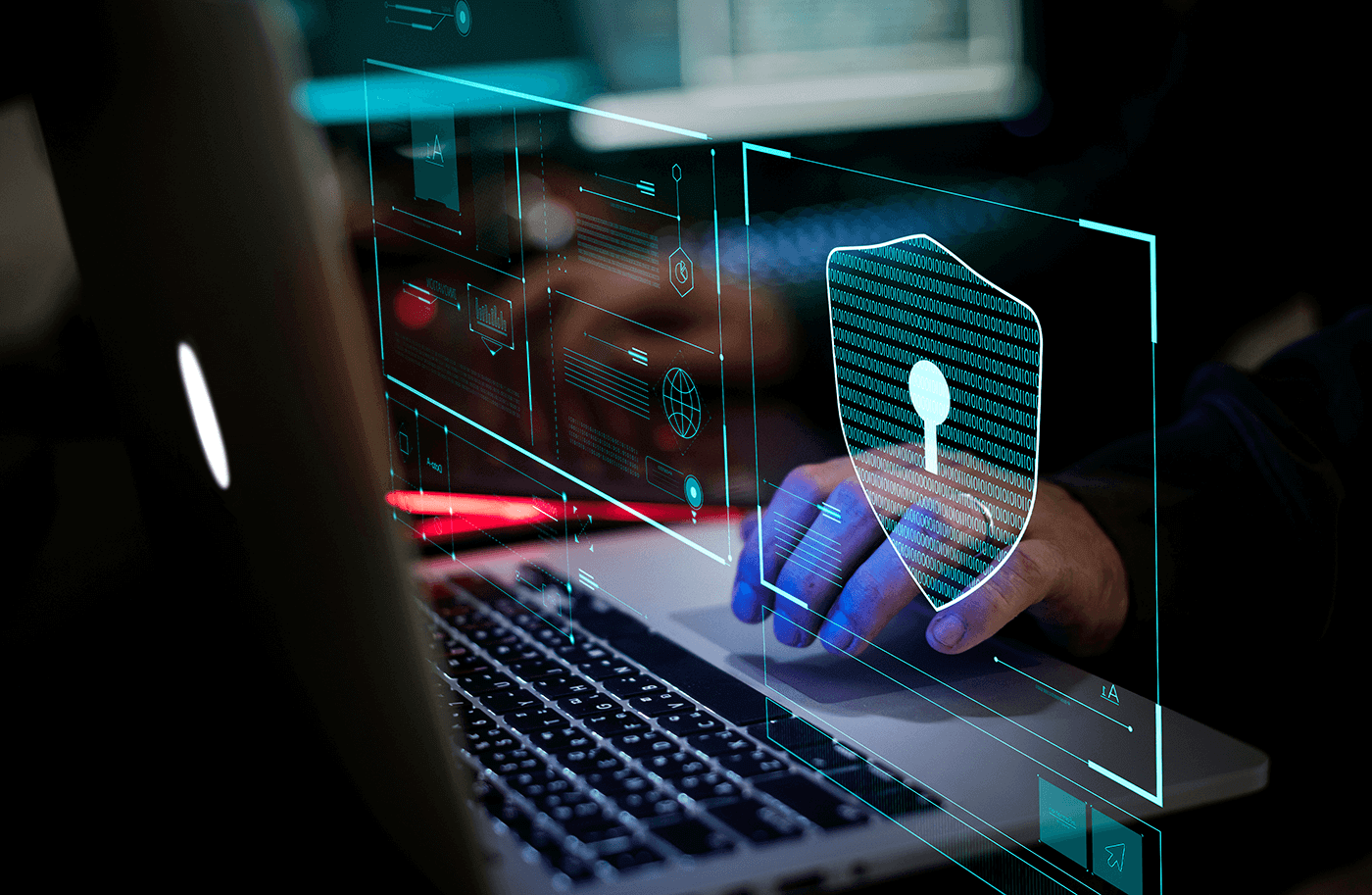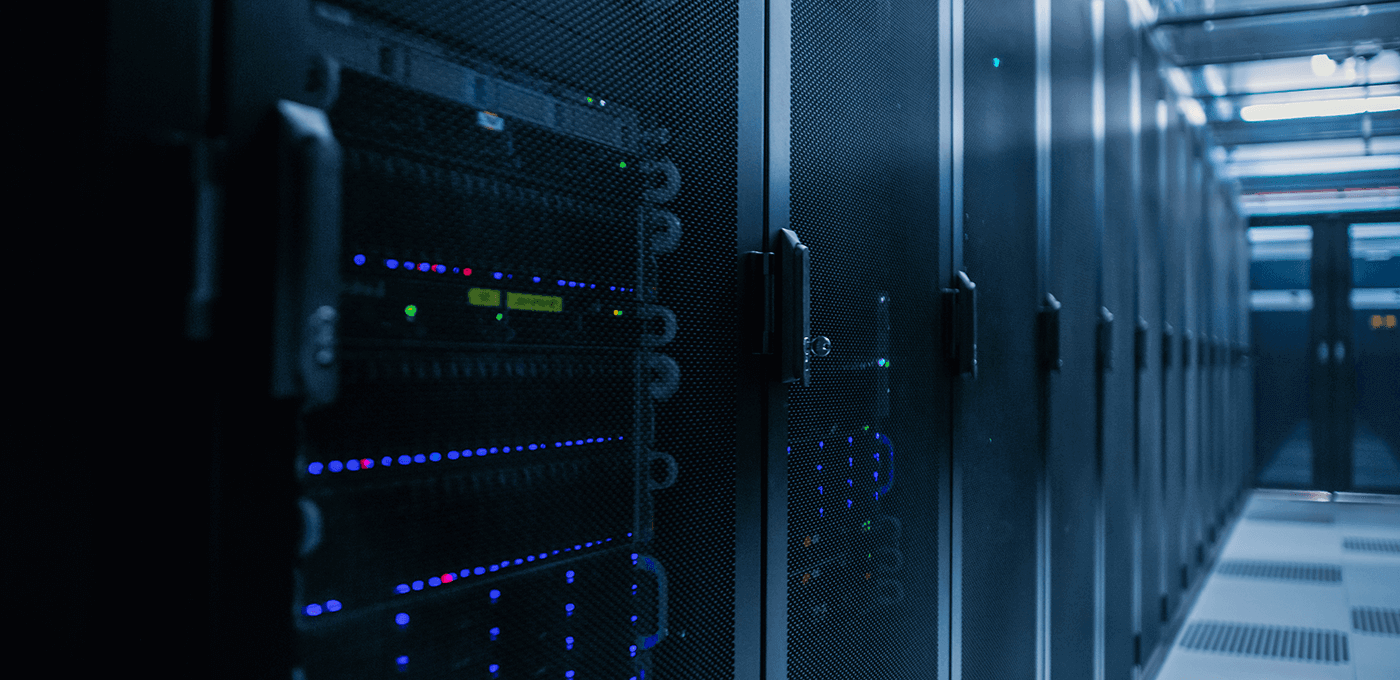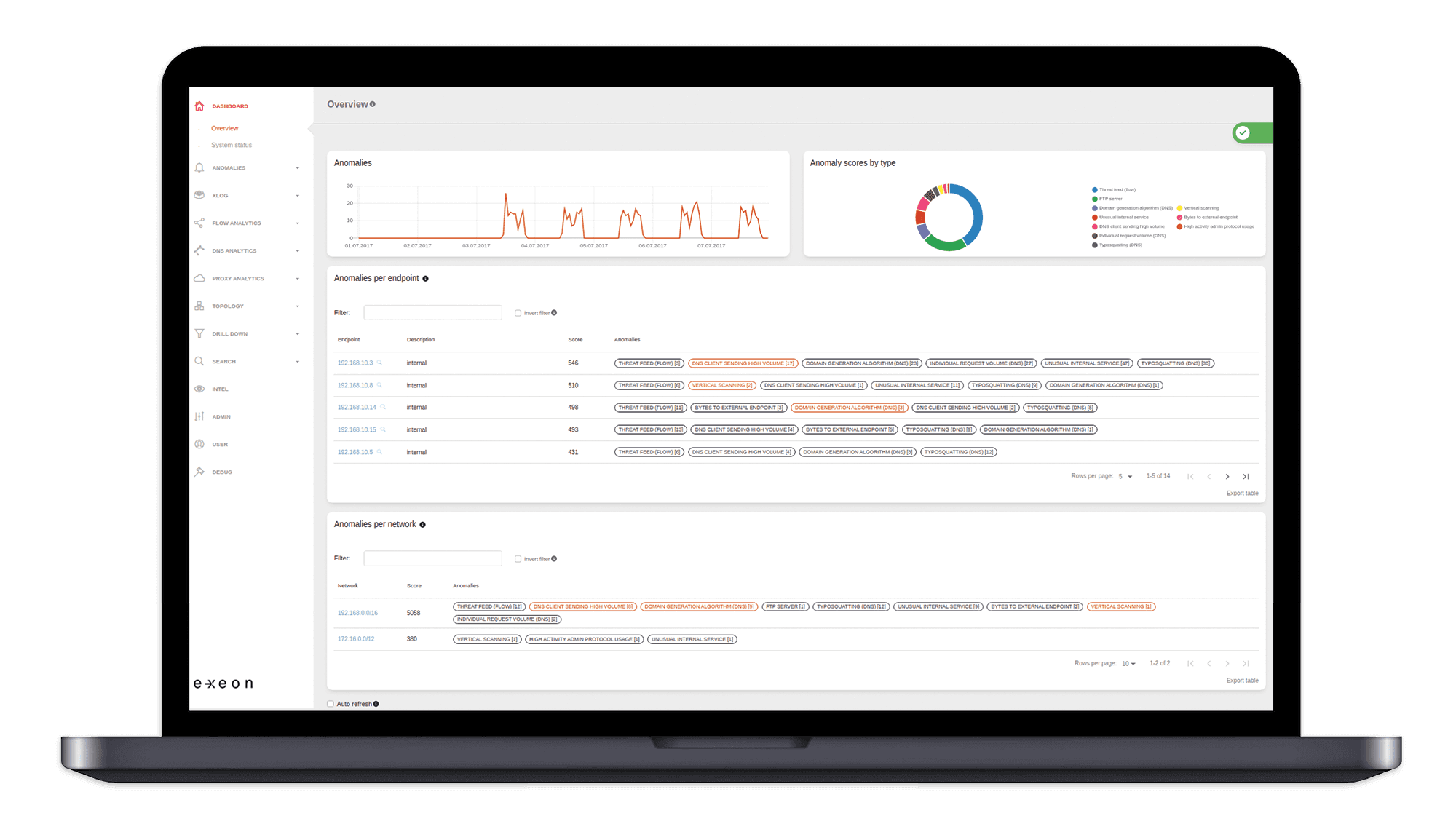Ransomware Protection: How to Protect Your Business from Cyber Extortion in 2023

Introduction
In an increasingly digitized world where cyber threats are becoming more sophisticated, protection against ransomware is critical. The threat of ransomware attacks has increased dramatically in recent years, and organizations need to strengthen their security measures accordingly to protect their data and operations.
What is Ransomware? Definition and Threat Landscape
Ransomware is a form of malicious software that allows attackers to access and encrypt your corporate data. They then demand a ransom to release the data. The ransomware threat landscape has evolved, and attackers are using advanced techniques such as distributed denial of service (DDoS), DLL side-loading or exploit kits to achieve their goals. However, "classic" phishing emails are unfortunately still successful as well. In addition, the proliferation of Ransomware-as-a-Service (RaaS) is exacerbating the threat landscape.
Types of Ransomware: An Overview of Different Variants
Ransomware attacks can come in different variants, each of which has its own characteristics and spreading mechanism. Here are some common types of ransomware to watch out for in the context of ransomware protection:
File Encryption Ransomware:
This type of ransomware encrypts files on the infected system or network. The goal is to encrypt the system with an AES and Public Key Encryption – the affected person can then no longer access their own data. The attackers then usually demand a ransom to provide the decryption key. Examples of this type of ransomware include CryptoLocker and WannaCry, which have claimed numerous companies as victims in the past.
Screenlocker:
In this variant, access to the entire system is blocked by displaying a lock screen. The user cannot access their files or programs until the ransom is paid, sometimes beyond. The most notorious example of this is the so-called "Police Trojan" (BKA Trojan). Hence, comprehensive ransomware protection should include methods to detect and block such attacks.
Mobile Ransomware:
This variant specifically targets mobile devices such as smartphones and tablets. It can be spread via malicious apps or infected websites and locks or encrypts the data on the device.
A well-known example is the Android ransomware "Koler". Enterprises should expand their ransomware protection measures to protect mobile devices as well.
It is important to keep up to date on the different types of ransomware and their methods of spread to better detect and prevent potential attacks. Through a combination of preventative measures and strong security awareness, organizations can effectively protect their systems from ransomware attacks, ensuring comprehensive ransomware protection.

The devastating impact of ransomware on businesses
Ransomware attacks can have a devastating impact on businesses. Here are some of the potential damages that can result from such attacks:
Financial losses: paying the ransom can incur significant costs. In addition, companies can lose revenue if their systems and data are inaccessible, such as a forced halt to production or business operations.
Reputation loss: a ransomware attack can shake the confidence of customers and business partners. When customers learn that their sensitive data has been compromised, they may lose confidence in the affected company and seek alternative providers.
Business disruption: Encryption of data prevents companies from accessing their systems, resulting in significant business interruptions. This can lead to lost production, lost customers, and additional costs to restore systems.
Essential steps to protect your business from ransomware
Ransomware protection: regular data backups for prevention
Perform regular data backups and backups, and ensure data is stored offline or in the cloud. Regularly check the integrity of your backups to ensure they can be restored in the event of an attack.
Employee training: Ransomware detection and security awareness
Train your employees to recognize phishing emails and report suspicious activity. Make your employees aware of good security habits such as avoiding clicking on suspicious links or opening file attachments from unknown sources.
Robust endpoint security: ransomware protection for all devices
Implement robust antivirus and anti-malware solutions on all endpoints. Ensure security solutions are regularly updated and maintained to withstand new threats.
Secure network configuration: Ransomware prevention through firewall and network segmentation
Configure your firewalls and access controls to prevent unauthorized access to your network. Implement network segmentation to contain the spread of ransomware on your network and limit the damage.
Patch management and software updates: Ransomware protection through up-to-date software
Regularly update your software and operating systems to close known vulnerabilities. Implement effective patch management to ensure all systems are up to date.

Install a network detection and response (NDR) platform: real-time ransomware protection
Install an advanced NDR platform such as ExeonTrace, which uses machine learning to detect suspicious behavior and rapidly respond to ransomware attacks. ExeonTrace provides real-time monitoring of the network to detect anomalies and identify threats early. This makes it possible to find malicious software in networks and segmented networks before it spreads and minimize the damage from it.
Incident response planning: effective measures in the event of ransomware attacks
Develop a comprehensive incident response plan that establishes clear responsibilities and actions in the event of a ransomware attack. Regularly train and rehearse the incident response plan to ensure your teams are ready to respond appropriately.
ExeonTrace: Your advanced ransomware protection solution
ExeonTrace, our leading network security solution, leverages machine learning for comprehensive network monitoring. The platform provides instant detection of potential cyber threats and enables fast and efficient responses to protect your organization. ExeonTrace not only supports your security teams and SOC in their daily tasks, but also takes your network security to the next level.
 The ExeonTrace platform: dashboard overview
The ExeonTrace platform: dashboard overview
Ransomware Protection in 2023: Current challenges and future developments
The ransomware threat landscape is constantly evolving, and attackers are adapting their tactics to exploit new vulnerabilities. Organizations must therefore continuously adapt and update their security measures to keep pace with changing threats.
Conclusion
To protect your organization from the devastating effects of ransomware, you need to take proactive measures. Regular data backups, employee training, robust endpoint security, secure network configuration, patch management, installing an NDR platform such as ExeonTrace, and comprehensive incident response planning are critical steps to prevent or respond appropriately to ransomware extortions. By implementing these measures, organizations can protect their data, operations, and reputation, and arm themselves against the growing threat of ransomware in today's digital world.
For more information, don’t hesitate to contact our cybersecurity experts or download the KuppingerCole Executive Report on NDR.

Author:
Jade Jehle
Content Specialist & Digital Marketing Manager
email:
jade.jehle@exeon.com
Share:
Published on:
26.07.2023